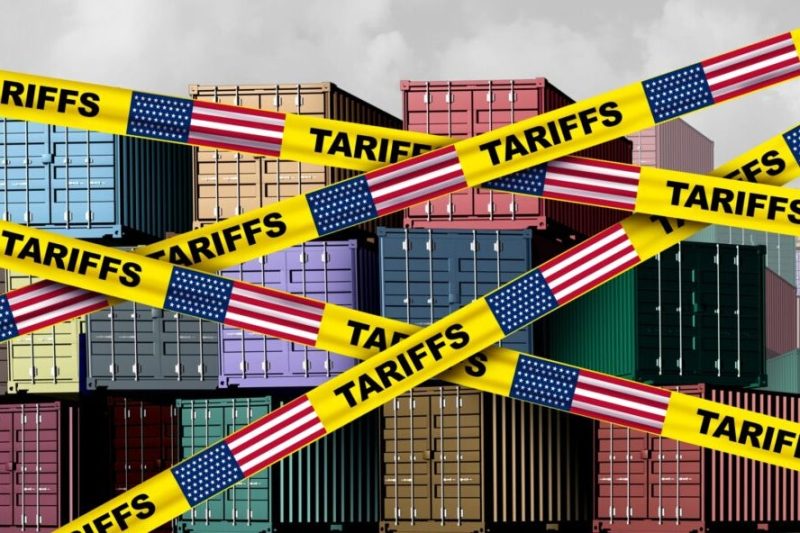
President Donald Trump’s 10% tariff on most US imports officially went into effect on Saturday, sending shockwaves through global markets. This move marks the highest US import duty in over a century, a dramatic escalation of trade tensions.
The immediate market reaction was stark. The S&P 500 plummeted, erasing a staggering $5.4 trillion in market value within just two trading days—the steepest two-day drop since the pandemic hit the US in March 2020. This dramatic decline underscores the significant impact these tariffs are expected to have on the US and global economies.
While the 10% baseline tariff is now active, even higher tariffs on specific countries are slated to begin on April 9th. These will replace, not supplement, the initial 10% rate. Bloomberg reports that international discussions are already underway as countries grapple with the implications of this unprecedented trade policy and its potential for retaliatory measures.
Trump’s inconsistent messaging on his willingness to negotiate tariff levels further complicates the situation. While he hinted at potential reductions last week, this uncertainty keeps global leaders and businesses in a state of flux, making strategic planning incredibly challenging.
The long-term effects of these tariffs remain uncertain, but experts predict significant consequences. The potential for retaliatory tariffs from other nations could further disrupt global trade, while US businesses face higher import costs and consumers may see increased prices. Some industries might thrive due to increased domestic production, but others could struggle with reduced demand.
This situation highlights the potential for significant market volatility in the coming weeks and months. Investors and businesses alike are closely watching for any signs of negotiation or escalation, as the global economic landscape remains uncertain in the wake of this bold trade policy.










